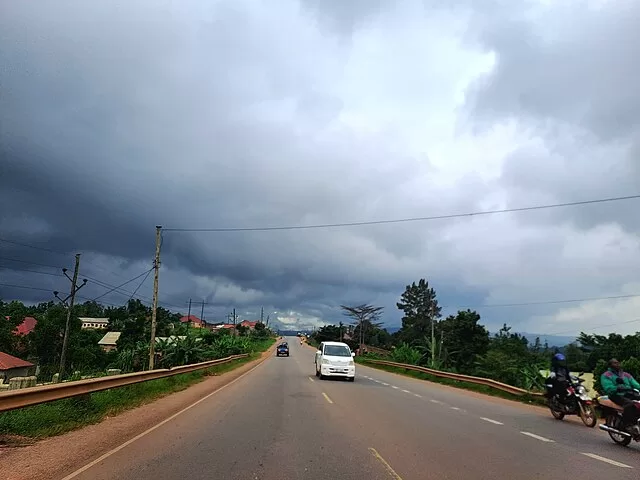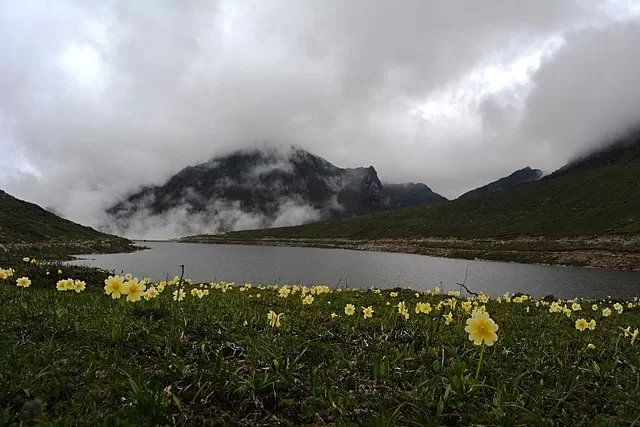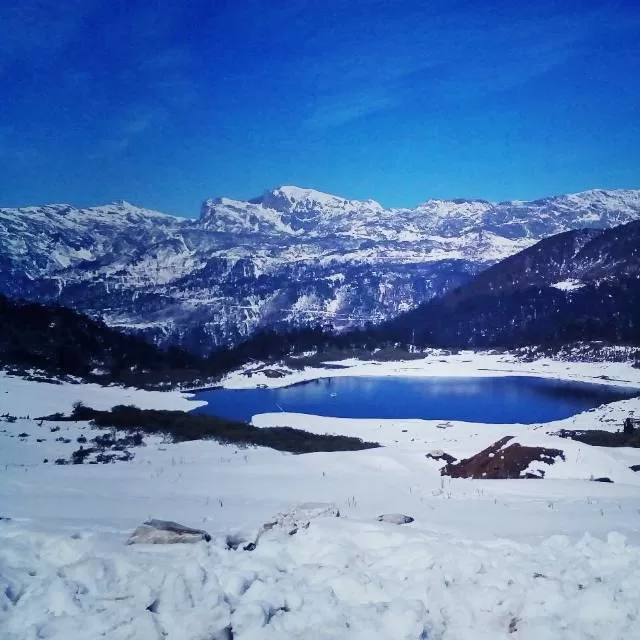Pasighat, located in the northeastern state of Arunachal Pradesh, India, is a beautiful town known for its scenic landscapes and diverse culture. Understanding the weather patterns and climate of Pasighat is crucial for residents, tourists, and anyone planning to visit the region. In this article, we will delve into the details of Pasighat’s weather, including its seasons, temperature variations, and precipitation levels. Let’s embark on a journey to discover the atmospheric conditions that shape Pasighat throughout the year.

Geographical Influences on Pasighat’s Weather
Situated in the East Siang district, Pasighat lies in the foothills of the Eastern Himalayas, near the mighty Brahmaputra River. The town’s location greatly impacts its climate, with the Himalayas acting as a shield against the cold winds from the north. Additionally, the nearby river and dense vegetation contribute to the region’s overall humidity.
Seasons in Pasighat

1 Summer (March to May)
Summer in Pasighat is characterized by warm and humid weather. The temperature during this season ranges from 25°C to 35°C (77°F to 95°F). The town experiences pleasant mornings and evenings, making it an ideal time for outdoor activities. However, it is advisable to carry sunscreen and stay hydrated to cope with the heat.
2 Monsoon (June to September)
Monsoon season brings abundant rainfall to Pasighat, with lush greenery and blooming flora. The average rainfall during this period exceeds 2000 mm, making Pasighat one of the wettest places in India. The temperature ranges between 25°C and 30°C (77°F and 86°F). Travelers are advised to carry rain gear and be cautious of slippery roads and potential flooding.
3 Autumn (October to November)
Autumn in Pasighat is a delightful season when the rainfall subsides, and the weather becomes milder. Temperatures range between 20°C and 28°C (68°F and 82°F). The region showcases stunning landscapes with clear skies, making it a perfect time for outdoor exploration.
4 Winter (December to February)
Winter in Pasighat brings cooler temperatures, with the mercury dropping to around 8°C to 12°C (46°F to 54°F). The town experiences moderate fog and occasional drizzles. Warm clothing is essential during this season, especially during the evenings and early mornings.
Temperature Fluctuations

1 Average Temperature in Pasighat
Pasighat enjoys a temperate climate throughout the year. The average annual temperature hovers around 23°C (73°F). However, slight variations occur across the seasons, as mentioned earlier.
2 Temperature Extremes
The highest recorded temperature in Pasighat was approximately 38°C (100°F), while the lowest recorded temperature was around 3°C (37°F). These extreme temperature ranges are rare occurrences, and Pasighat generally experiences pleasant weather conditions.
Precipitation in Pasighat
1 Rainfall Distribution
Pasighat receives the majority of its rainfall during the monsoon season. The heavy downpours contribute to the region’s lush greenery and thriving ecosystem. The distribution of rainfall is relatively uniform throughout the monsoon months, ensuring a consistent water supply.
2 Annual Rainfall Average
Pasighat receives an average annual rainfall of approximately 3000 mm (118 inches). The abundant precipitation plays a vital role in maintaining the region’s agricultural productivity and supporting the livelihoods of the local communities.
People also ask

Is there snowfall in Sela Pass?
Yes, snowfall does occur in Sela Pass. It is situated at an elevation of approximately 13,700 feet (4,170 meters) above sea level. Due to its high altitude and proximity to the Himalayas, Sela Pass experiences cold weather conditions, especially during the winter season.
During the winter months, which typically span from December to February, Sela Pass receives snowfall. The surrounding peaks and landscapes get covered in a pristine white blanket of snow, creating a picturesque winter wonderland. The snow-covered Sela Pass offers breathtaking views and attracts tourists and adventure enthusiasts from all over.
It is important to note that due to the high altitude and harsh weather conditions, Sela Pass may experience heavy snowfall and occasional road closures during the winter season. Travelers are advised to check the weather conditions and road accessibility before planning a visit to ensure a safe and enjoyable experience.
What is the snowfall temperature in Sela Pass?
The temperature in Sela Pass during snowfall can vary, but it generally drops significantly due to the high altitude and cold climatic conditions. The average temperature during winter, when snowfall occurs, ranges from -5°C to -10°C (23°F to 14°F). However, it’s important to note that temperatures can dip even lower, especially during the nighttime and in the presence of strong winds.
The extreme cold temperatures combined with snowfall make Sela Pass a challenging yet mesmerizing destination for travelers. It is essential to dress warmly and carry appropriate winter clothing, including insulated jackets, thermal layers, hats, gloves, and sturdy boots, to withstand the freezing temperatures.
Travelers are also advised to check weather updates and road conditions before embarking on a journey to Sela Pass during winter, as heavy snowfall can lead to temporary closures or challenging driving conditions. It is recommended to plan the visit with caution and prioritize safety while enjoying the magical snowy landscapes of Sela Pass.
Is there snow in Tawang?
Yes, Tawang does receive snowfall during the winter season. Tawang is a beautiful town located in the Tawang district of Arunachal Pradesh, India. It is situated at a high altitude of approximately 10,000 feet (3,048 meters) above sea level in the Eastern Himalayas.
During the winter months, which usually span from December to February, Tawang experiences cold weather conditions with the possibility of snowfall. The surrounding mountains and landscapes in and around Tawang get covered in a white blanket of snow, creating a picturesque winter scene.
The amount of snowfall can vary each year, but it is not uncommon for Tawang to receive significant snowfall, especially at higher altitudes. The snow-clad landscapes add to the charm of Tawang, attracting visitors who wish to witness and experience the beauty of snow-covered mountains.
It is important to note that due to the heavy snowfall and cold temperatures, road conditions in and around Tawang can be challenging during winter. Travelers are advised to check weather updates, road accessibility, and follow the guidance of local authorities before planning a visit to Tawang during the winter season. Additionally, it is recommended to carry appropriate winter clothing and be prepared for cold temperatures while exploring the snow-covered region.
Is it good time to visit Tawang?
The best time to visit Tawang depends on personal preferences and the type of experience you seek. Tawang has distinct seasons, each offering its own unique charm’
- Summer (March to June): This is the peak tourist season in Tawang. The weather is pleasant, with temperatures ranging from 10°C to 20°C (50°F to 68°F). The skies are clear, and the scenic beauty of the region is at its peak. It is an ideal time for outdoor activities, sightseeing, and exploring monasteries.
- Monsoon (July to September): Tawang receives moderate to heavy rainfall during this season. The landscape turns lush green, and the waterfalls and streams are at their fullest. However, road conditions can be challenging due to landslides. If you enjoy the monsoon ambiance and want a quieter and more serene experience, this can be a good time to visit.
- Autumn (October to November): This season offers pleasant weather with temperatures ranging from 5°C to 15°C (41°F to 59°F). The rainfall decreases, and the skies become clearer. Autumn showcases vibrant colors as the foliage changes, making it a picturesque time for photography and enjoying the natural beauty.
- Winter (December to February): Winter in Tawang is characterized by cold temperatures, with temperatures ranging from -5°C to 10°C (23°F to 50°F). The region receives snowfall, creating a stunning winter landscape. It is a great time for snow enthusiasts and those seeking a unique experience amidst the snow-clad mountains.
Consider your preferences for weather, activities, and crowd levels when deciding the best time to visit Tawang. Keep in mind that road accessibility during winter and monsoon seasons may be challenging. It is advisable to check weather updates and road conditions before planning your trip to ensure a safe and enjoyable visit.
Conclusion
In conclusion, Pasighat’s weather is influenced by its geographical location, resulting in a diverse climate throughout the year. The town experiences distinct seasons, including summer, monsoon, autumn, and winter. Understanding the weather patterns and packing accordingly is crucial when planning a visit to Pasighat. Whether you prefer mild temperatures or enjoy the beauty of rainfall, Pasighat offers a unique experience in every season.
FAQs
1. What’s the best time to visit Pasighat for perfect weather?
The sweet spot? October to April. The weather is cool, comfy, and the skies are mostly clear—perfect for sightseeing, trekking, or just chilling by the Siang River.
2. Is Pasighat too hot during summer?
It can get a bit sweaty, yes. Summer temperatures hover between 25°C to 35°C, and the humidity can make it feel warmer. Not unbearable, but definitely pack light clothes!
3. Does Pasighat experience heavy rainfall?
Oh, absolutely! Monsoons in Pasighat are wild. From June to September, it pours like the clouds are on a mission. Landslides and roadblocks aren’t uncommon, so travel with caution.
4. How cold does it get in Pasighat during winter?
Winters are pleasantly cold—not freezing. Think 8°C to 20°C. So, it’s more “sweater weather” than “bring-the-heavy-jacket” weather.
5. Does the weather in Pasighat affect travel plans?
It can. Monsoon months often bring flight delays and slippery roads. If you’re planning a trip, always check the forecast and stay updated with local travel advisories. Better safe than soggy!

